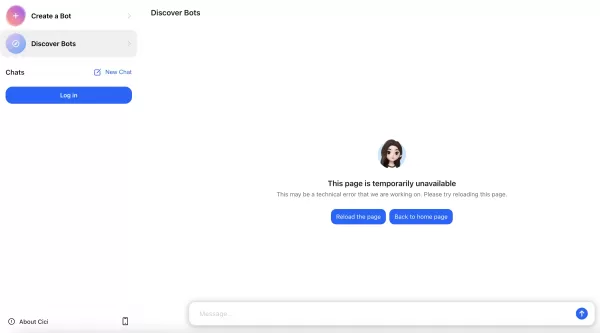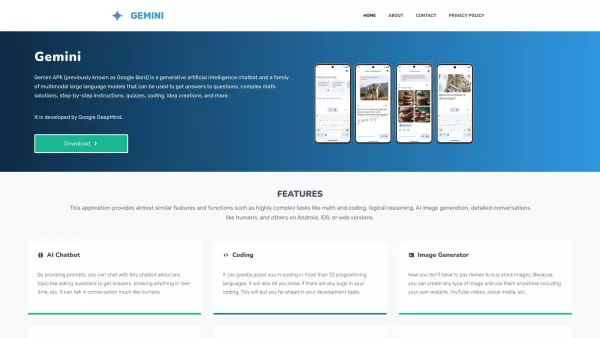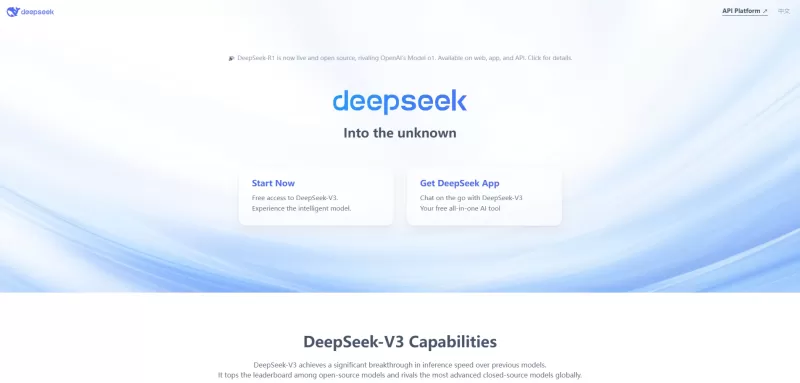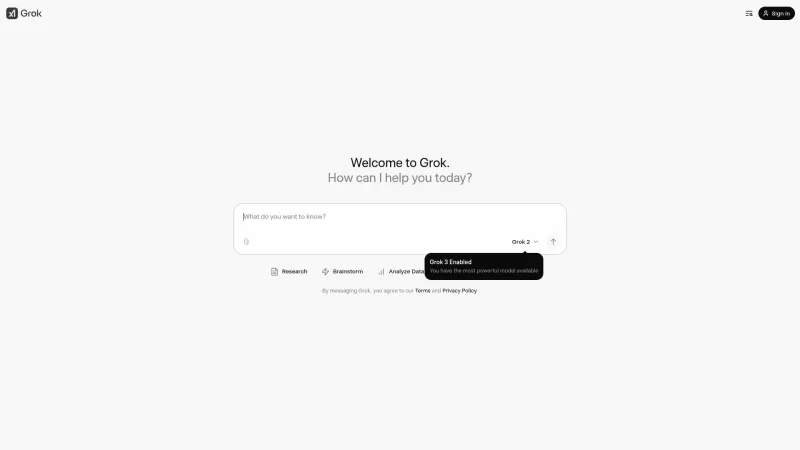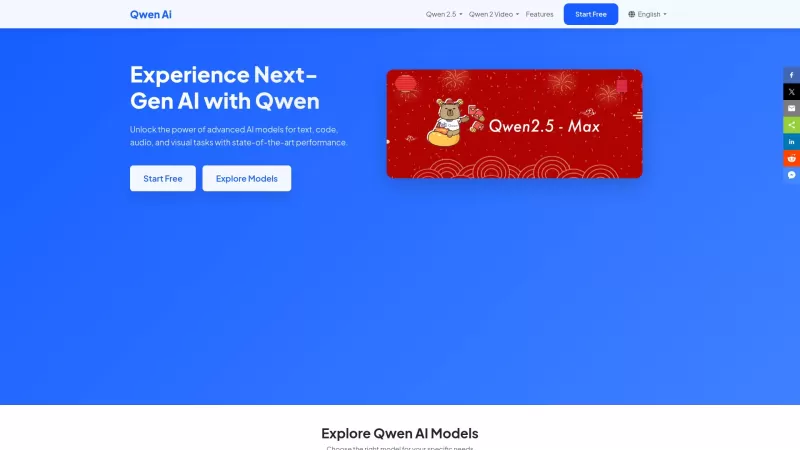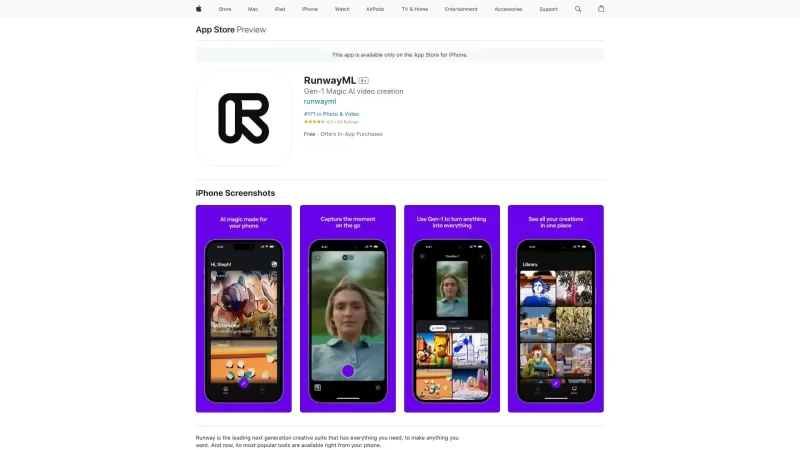Google's AI Fights Latest Scam Tactics: Stay Ahead of the Curve
Scammers are always lurking in the shadows, ready to exploit every tool and technology we use—whether it's to swipe our personal data, empty our wallets, or both. That’s why big players like Google have a critical role to play in keeping us safe from hackers, online scams, and other digital dangers. But here’s the truth: while companies can set up robust defenses, it’s ultimately up to us to stay vigilant and safeguard our own digital lives.
In a recent blog post, Google shed light on how its systems tackle online scams across its major products—and what we can do to protect ourselves. Spoiler alert: AI plays a massive part in their strategy.
Google's Scam Detection System
With a lion’s share of the search engine market, Google leans heavily on AI to sift through hundreds of millions of potentially malicious search results every single day. The company claims that thanks to AI, its scam detection system is now 20 times better at spotting dodgy pages than before. How does it do this? Well, advanced AI models help Google comb through vast amounts of web text, identify patterns linked to scam campaigns, and flag emerging threats faster than ever. Take, for example, the rise in scammers pretending to be airline customer service reps. Google noticed this trend and used its AI to block more than 80% of these scams. Scary, huh?
And it doesn’t stop there. Chrome, Google’s trusty browser, offers an extra layer of security with its Enhanced Protection mode in Safe Browsing. This feature is designed to be tougher than the Standard Protection mode, and now, thanks to AI, it’s even harder for scammers to slip through the cracks. On the desktop, Google’s Gemini Nano, a lightweight AI model, provides instant insights into risky websites, catching brand-new scams before they become widespread. For instance, it’s already helping combat remote tech support scams, one of the biggest online threats today. Next up? Extending this protection to Android devices.
Meanwhile, scammers often bombard unsuspecting users with notifications from sketchy sites. To counter this, Google is rolling out AI-driven alerts in Chrome for Android. If the AI flags a scammy notification, it gets blocked automatically, and you’ll get a pop-up letting you choose whether to unsubscribe, view the blocked content, or allow future notifications if you think it was a false alarm. Here’s what it looks like:

Scams don’t just happen online. Many phishing attempts come via phone calls or text messages. At first glance, these might seem harmless, but they often lead to serious trouble. Fortunately, Google recently introduced AI-powered scam detection in its messaging and phone apps, giving Android users an added layer of protection.

Tracking Scams Across Borders
One of the coolest things about Google’s approach is how it uses AI and large language models (LLMs) to track scams across different languages and countries. For instance, if Google identifies a scam in English, Hindi, or any other language, the LLMs ensure that similar scams in other languages are also flagged. This global effort helps protect people worldwide from falling victim to the same tricks.
Tips to Stay Safe
While companies like Google are doing their part, we still need to take proactive measures to avoid getting scammed. Here are some practical tips:
- Look out for fake domains: Scammers love creating URLs that mimic legitimate ones. For example, instead of "thisisgoodlink.com," they might use "thisisagoodlink.support." Always double-check the URL before clicking.
- Investigate before engaging: If you encounter an unfamiliar website in your Google searches, don’t dive straight in. Click the "About this result" link to learn more about the site and decide if it’s legit.
- Go straight to the source: When searching for customer service numbers or other official information, don’t rely solely on search results. Head to the company’s official website instead.
- Watch for red flags: Scammers aren’t perfect. Look for weird formatting, odd fonts, or strange symbols on a site—it could be a sign that something’s off.
Stay sharp, stay informed, and remember: the best defense against scammers is knowing when to hit delete—or better yet, ignore altogether.
Related article
 Generate Unique Brand Names Instantly with Namflix AI Business Name Generator - Free Tool!
Crafting Your Perfect Brand Identity with AIIn today's competitive digital marketplace, establishing a distinctive brand identity starts with choosing the perfect name - one that captures your unique value proposition while resonating with your targe
Generate Unique Brand Names Instantly with Namflix AI Business Name Generator - Free Tool!
Crafting Your Perfect Brand Identity with AIIn today's competitive digital marketplace, establishing a distinctive brand identity starts with choosing the perfect name - one that captures your unique value proposition while resonating with your targe
 Nonprofit leverages AI agents to boost charity fundraising efforts
While major tech corporations promote AI "agents" as productivity boosters for businesses, one nonprofit organization is demonstrating their potential for social good. Sage Future, a philanthropic research group backed by Open Philanthropy, recently
Nonprofit leverages AI agents to boost charity fundraising efforts
While major tech corporations promote AI "agents" as productivity boosters for businesses, one nonprofit organization is demonstrating their potential for social good. Sage Future, a philanthropic research group backed by Open Philanthropy, recently
 Effortlessly Chat with PDFs Using Gemini API, Langchain, and Chroma DB Integration
Transform your PDF documents into conversational partners with Retrieval-Augmented Generation (RAG) technology. This comprehensive guide demonstrates how to create an intelligent Python system that lets you interact with your PDFs using Gemini API's
Comments (2)
0/200
Effortlessly Chat with PDFs Using Gemini API, Langchain, and Chroma DB Integration
Transform your PDF documents into conversational partners with Retrieval-Augmented Generation (RAG) technology. This comprehensive guide demonstrates how to create an intelligent Python system that lets you interact with your PDFs using Gemini API's
Comments (2)
0/200
![RoyWhite]() RoyWhite
RoyWhite
 August 15, 2025 at 1:00:59 AM EDT
August 15, 2025 at 1:00:59 AM EDT
Google's AI is stepping up against scams, but can it really outsmart those sneaky hackers? 🤔 Feels like a never-ending cat-and-mouse game!


 0
0
![RaymondAllen]() RaymondAllen
RaymondAllen
 July 23, 2025 at 12:59:29 AM EDT
July 23, 2025 at 12:59:29 AM EDT
Google's AI stepping up to tackle scams is cool, but can it really outsmart those sneaky hackers? 🤔 I’m curious if it’ll catch those super convincing phishing emails I get!


 0
0
Scammers are always lurking in the shadows, ready to exploit every tool and technology we use—whether it's to swipe our personal data, empty our wallets, or both. That’s why big players like Google have a critical role to play in keeping us safe from hackers, online scams, and other digital dangers. But here’s the truth: while companies can set up robust defenses, it’s ultimately up to us to stay vigilant and safeguard our own digital lives.
In a recent blog post, Google shed light on how its systems tackle online scams across its major products—and what we can do to protect ourselves. Spoiler alert: AI plays a massive part in their strategy.
Google's Scam Detection System
With a lion’s share of the search engine market, Google leans heavily on AI to sift through hundreds of millions of potentially malicious search results every single day. The company claims that thanks to AI, its scam detection system is now 20 times better at spotting dodgy pages than before. How does it do this? Well, advanced AI models help Google comb through vast amounts of web text, identify patterns linked to scam campaigns, and flag emerging threats faster than ever. Take, for example, the rise in scammers pretending to be airline customer service reps. Google noticed this trend and used its AI to block more than 80% of these scams. Scary, huh?
And it doesn’t stop there. Chrome, Google’s trusty browser, offers an extra layer of security with its Enhanced Protection mode in Safe Browsing. This feature is designed to be tougher than the Standard Protection mode, and now, thanks to AI, it’s even harder for scammers to slip through the cracks. On the desktop, Google’s Gemini Nano, a lightweight AI model, provides instant insights into risky websites, catching brand-new scams before they become widespread. For instance, it’s already helping combat remote tech support scams, one of the biggest online threats today. Next up? Extending this protection to Android devices.
Meanwhile, scammers often bombard unsuspecting users with notifications from sketchy sites. To counter this, Google is rolling out AI-driven alerts in Chrome for Android. If the AI flags a scammy notification, it gets blocked automatically, and you’ll get a pop-up letting you choose whether to unsubscribe, view the blocked content, or allow future notifications if you think it was a false alarm. Here’s what it looks like:

Scams don’t just happen online. Many phishing attempts come via phone calls or text messages. At first glance, these might seem harmless, but they often lead to serious trouble. Fortunately, Google recently introduced AI-powered scam detection in its messaging and phone apps, giving Android users an added layer of protection.

Tracking Scams Across Borders
One of the coolest things about Google’s approach is how it uses AI and large language models (LLMs) to track scams across different languages and countries. For instance, if Google identifies a scam in English, Hindi, or any other language, the LLMs ensure that similar scams in other languages are also flagged. This global effort helps protect people worldwide from falling victim to the same tricks.
Tips to Stay Safe
While companies like Google are doing their part, we still need to take proactive measures to avoid getting scammed. Here are some practical tips:
- Look out for fake domains: Scammers love creating URLs that mimic legitimate ones. For example, instead of "thisisgoodlink.com," they might use "thisisagoodlink.support." Always double-check the URL before clicking.
- Investigate before engaging: If you encounter an unfamiliar website in your Google searches, don’t dive straight in. Click the "About this result" link to learn more about the site and decide if it’s legit.
- Go straight to the source: When searching for customer service numbers or other official information, don’t rely solely on search results. Head to the company’s official website instead.
- Watch for red flags: Scammers aren’t perfect. Look for weird formatting, odd fonts, or strange symbols on a site—it could be a sign that something’s off.
Stay sharp, stay informed, and remember: the best defense against scammers is knowing when to hit delete—or better yet, ignore altogether.
 Generate Unique Brand Names Instantly with Namflix AI Business Name Generator - Free Tool!
Crafting Your Perfect Brand Identity with AIIn today's competitive digital marketplace, establishing a distinctive brand identity starts with choosing the perfect name - one that captures your unique value proposition while resonating with your targe
Generate Unique Brand Names Instantly with Namflix AI Business Name Generator - Free Tool!
Crafting Your Perfect Brand Identity with AIIn today's competitive digital marketplace, establishing a distinctive brand identity starts with choosing the perfect name - one that captures your unique value proposition while resonating with your targe
 Nonprofit leverages AI agents to boost charity fundraising efforts
While major tech corporations promote AI "agents" as productivity boosters for businesses, one nonprofit organization is demonstrating their potential for social good. Sage Future, a philanthropic research group backed by Open Philanthropy, recently
Nonprofit leverages AI agents to boost charity fundraising efforts
While major tech corporations promote AI "agents" as productivity boosters for businesses, one nonprofit organization is demonstrating their potential for social good. Sage Future, a philanthropic research group backed by Open Philanthropy, recently
 Effortlessly Chat with PDFs Using Gemini API, Langchain, and Chroma DB Integration
Transform your PDF documents into conversational partners with Retrieval-Augmented Generation (RAG) technology. This comprehensive guide demonstrates how to create an intelligent Python system that lets you interact with your PDFs using Gemini API's
Effortlessly Chat with PDFs Using Gemini API, Langchain, and Chroma DB Integration
Transform your PDF documents into conversational partners with Retrieval-Augmented Generation (RAG) technology. This comprehensive guide demonstrates how to create an intelligent Python system that lets you interact with your PDFs using Gemini API's
 August 15, 2025 at 1:00:59 AM EDT
August 15, 2025 at 1:00:59 AM EDT
Google's AI is stepping up against scams, but can it really outsmart those sneaky hackers? 🤔 Feels like a never-ending cat-and-mouse game!


 0
0
 July 23, 2025 at 12:59:29 AM EDT
July 23, 2025 at 12:59:29 AM EDT
Google's AI stepping up to tackle scams is cool, but can it really outsmart those sneaky hackers? 🤔 I’m curious if it’ll catch those super convincing phishing emails I get!


 0
0

